Editor’s note: Training was provided by SecureIt courtesy of The Site
I’m proud to admit I am dedicated to training, particularly when it comes to firearms. In my position, I field a lot of questions about gear, and I usually respond with at least some component of training.
So recently, when SecureIt invited us out to The Site in Illinois, I was dubious but excited. All I knew up front was that our education was going to be related to firearms storage.
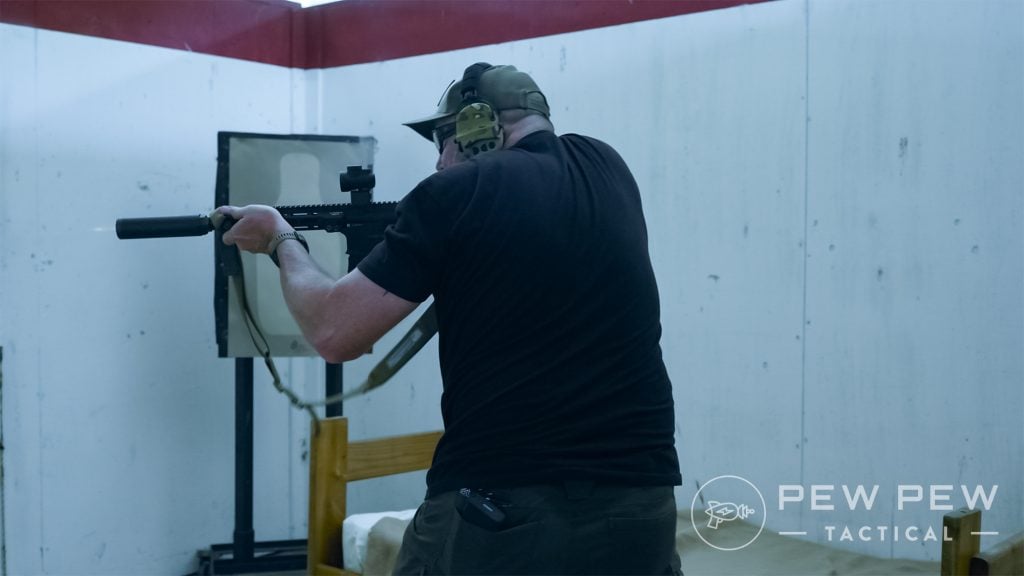
We can agree training with your firearms is crucial to successful outcomes. But is there an element related to their storage that you might be missing out on?
We braved a trip through Chicago to find the answer, and we’ll share it with you below.
Table of Contents
Loading…
Training to Store Guns…But Why?
Off the bat, I want you to know I am a big proponent of proper gun storage.
I’m not necessarily advocating for an enormous vault in each home, but responsible gun ownership dictates some effort toward keeping firearms out of the hands of those who would misuse them.
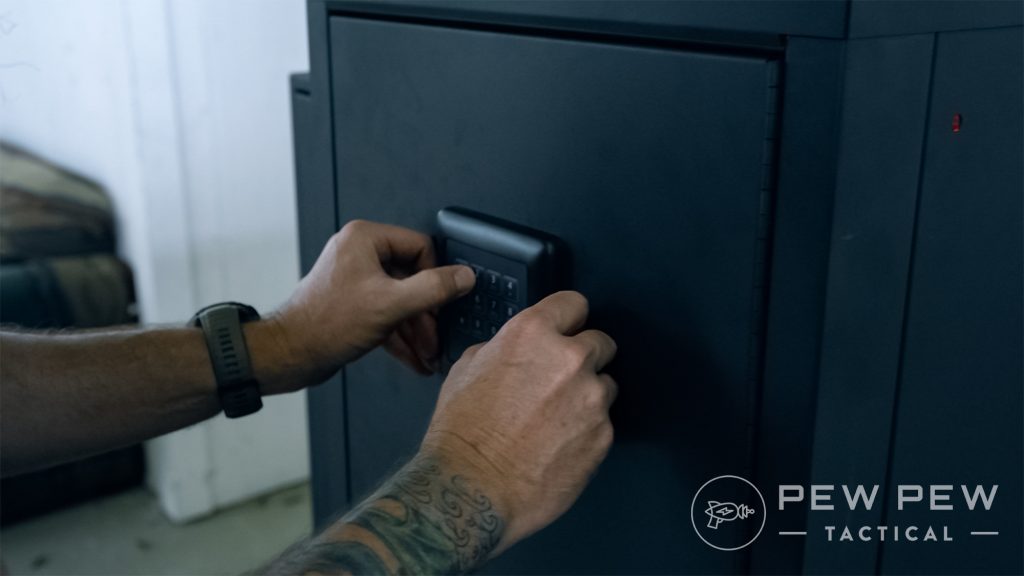
I’ve taken too many reports of stolen guns over the years and only imagined the guilt that the victim felt. Now, your firearm is out there, being used by someone willing to steal it — what else might they do?
So, lock them up.
That said, I found myself questioning what training had to do with locking up my weapons….so much so that an entire event would be centered on it.
But as the event went on, it began to dawn on me what SecureIt was trying to communicate. Raise the stakes a little and see what happens.
Stress & Training
In a defensive scenario, the quickest response is, of course, having your weapon on your person. But let’s say you are home, you’re relaxed, and suddenly you need a weapon.
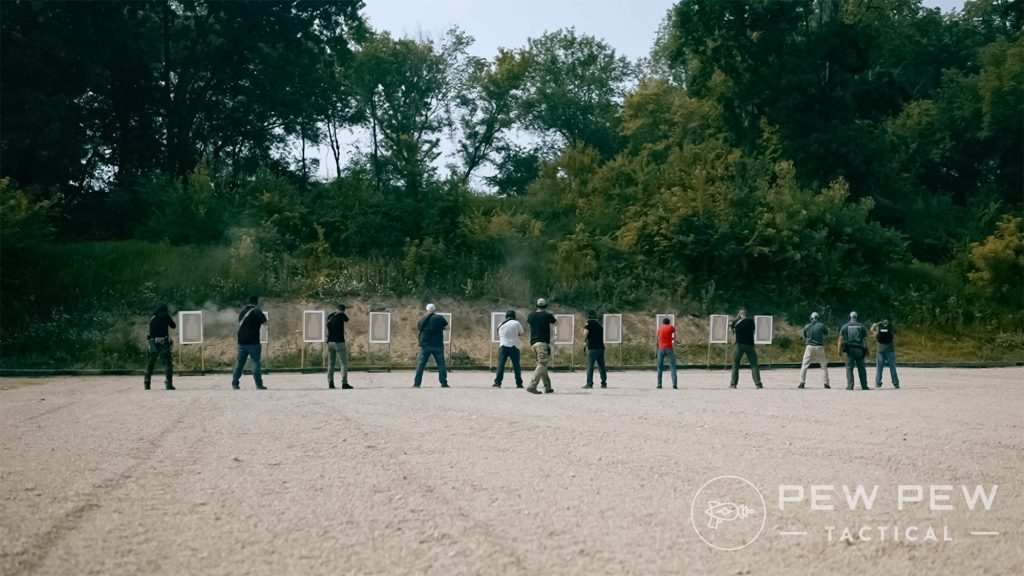
In this scenario, you now have to get to a storage device, get it open, and retrieve your weapon for defensive purposes.
Wouldn’t you want EVERY single advantage?
Speaking of advantages, one of the tenants SecureIt promotes is “Decentralized Storage.” This means moving away from the giant safe down in the basement and having a few smaller options tucked away at key points in your home.
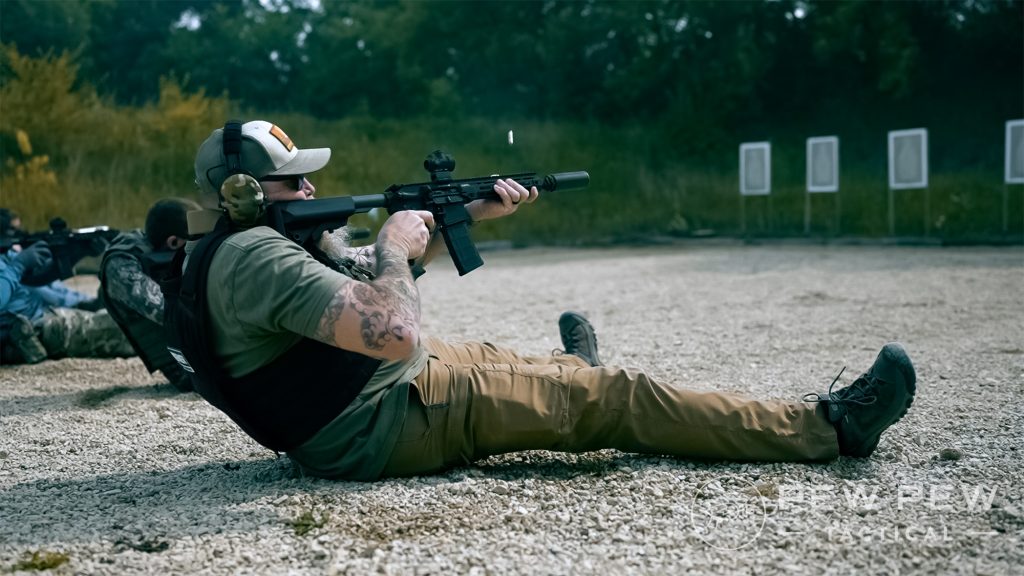
I like this idea and use it myself. I’m never far from a defensive option, and that’s a good advantage to have.
But SecureIt wanted to dive deeper and take that thinking a step further.
Say you’ve got a few storage options deployed around the house, and you’re able to get to one quickly when someone kicks in the door. Does your training account for stress?
In the normal course of using a safe, you will get a lot of practice — but it isn’t usually under stressful conditions.
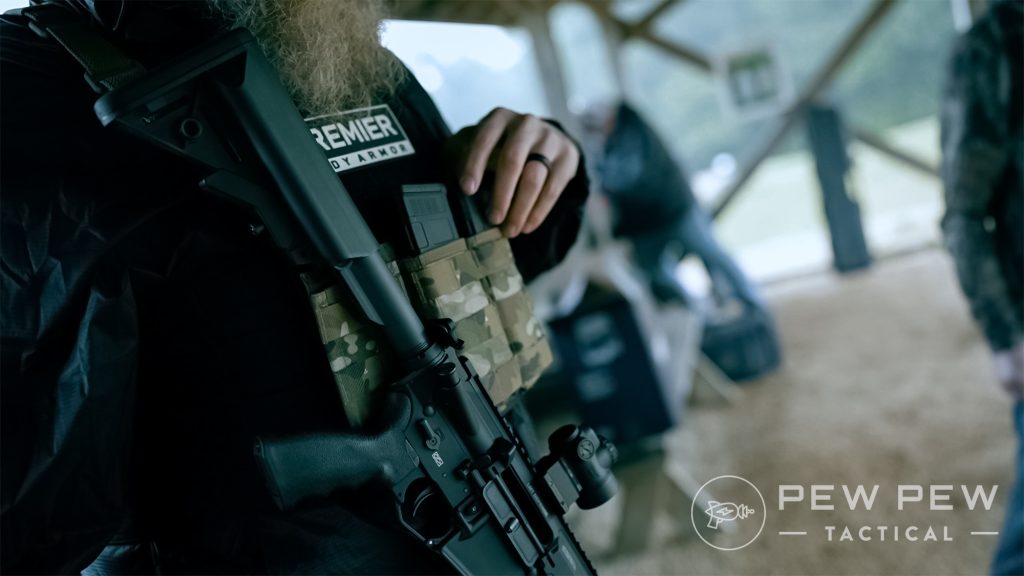
Acute stress affects the body in many ways. At 90 beats per minute, we start to lose some fine motor skills.
Approaching 120 BPM, we begin to lose complex motor skills. At 150 BPM, we can experience cognitive decline, tunnel vision, auditory exclusion, and loss of depth perception.
Finally, at 175 BPM, things get really bad. Fight, flight, or freeze kick in, and incontinence is always an option.
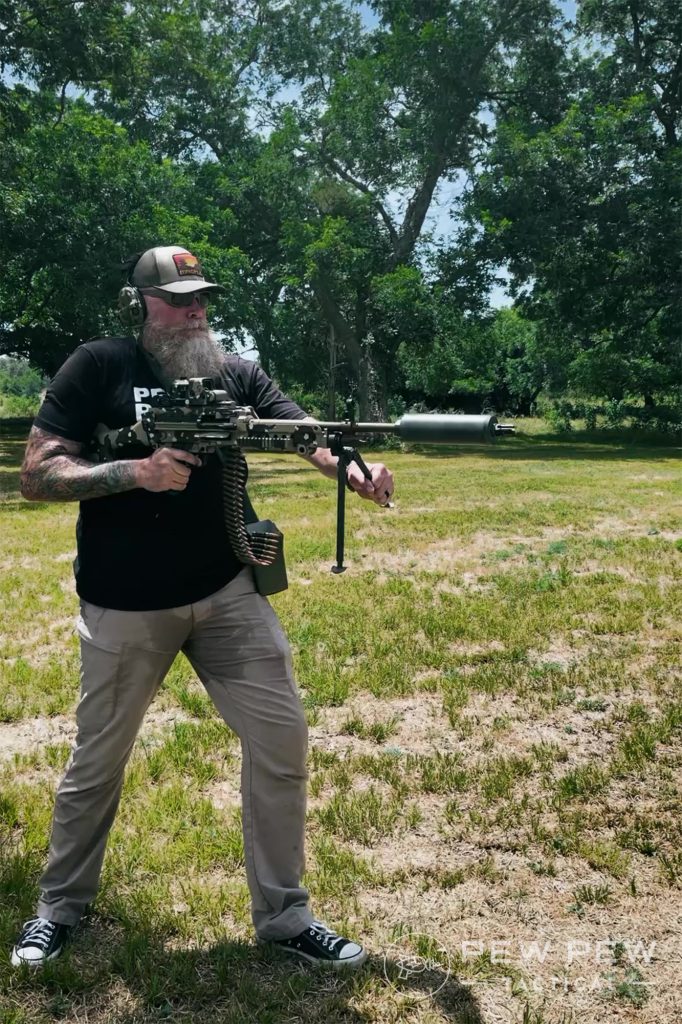
I have personally experienced tunnel vision and auditory exclusion in critical incidents. I’ve also witnessed the other responses in other people.
So, in that same home defense scenario we laid out earlier, what is your heart rate going to be if someone kicks in your door? How easy will it be to access that safe at 150 BPM?
Training With Your Gun Safe
SecureIt wanted us to train under stress, and so we did! We spent the first part of the session training with LMT rifles on the flat range, working drills that were designed to enable us to engage quickly.
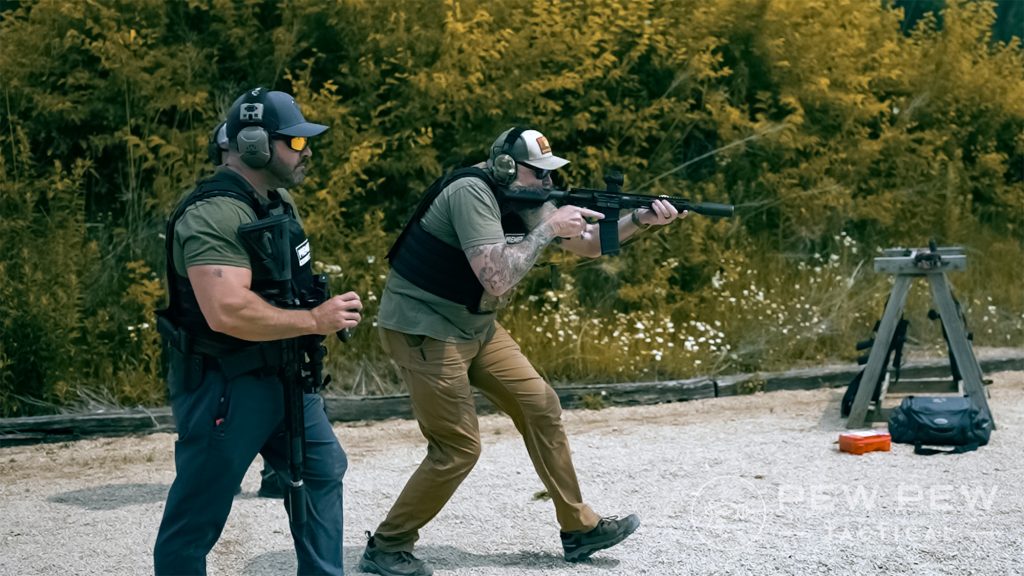
We next moved to a shoot house where we used sims in the same LMT rifles, running through home defense scenarios. One of these included a home invasion where someone had grabbed our wife.
We started the drill on the first floor, ran upstairs, opened the SecureIt safe, retrieved our rifle, and then moved through the house, clearing rooms until we found the target. Let’s just say it didn’t go well for the bad guy.
Prices accurate at time of writing
Prices accurate at time of writing
-
25% off all OAKLEY products - OAKLEY25
Copied! Visit Merchant
Finally, we proceeded to a live fire shoot house to implement everything we’d been taught. We worked several drills with different scenarios, but we always had to retrieve our weapon from a SecureIt device first.
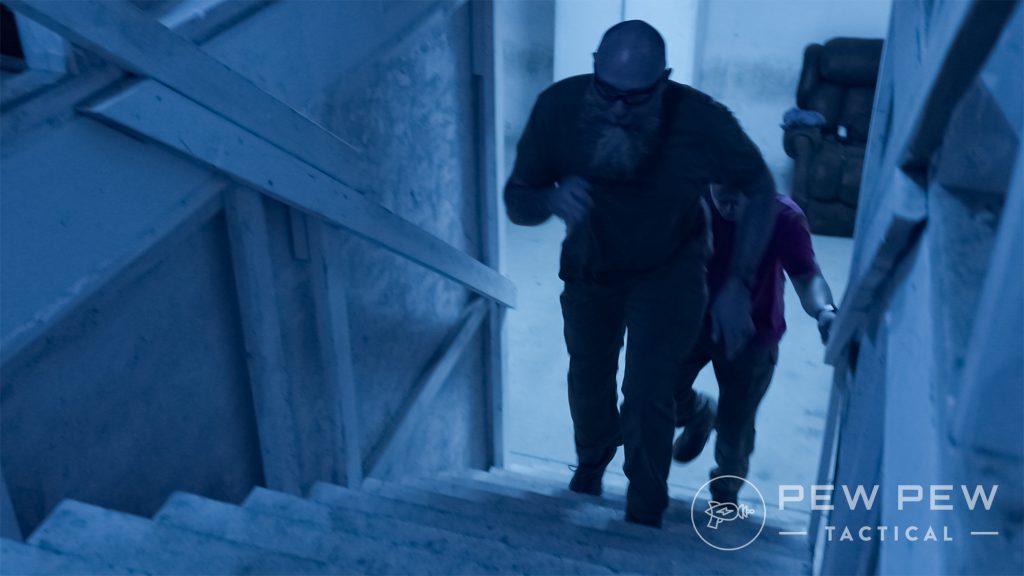
I have to admit, it’s been a while since my last stress inoculation, and when you get ramped up, it can be a little tougher to run combinations, turn keys, or open doors.
Final Thoughts
By the end of the training, I had a newfound perspective on the challenges of getting to my home defense options under various forms of stress.
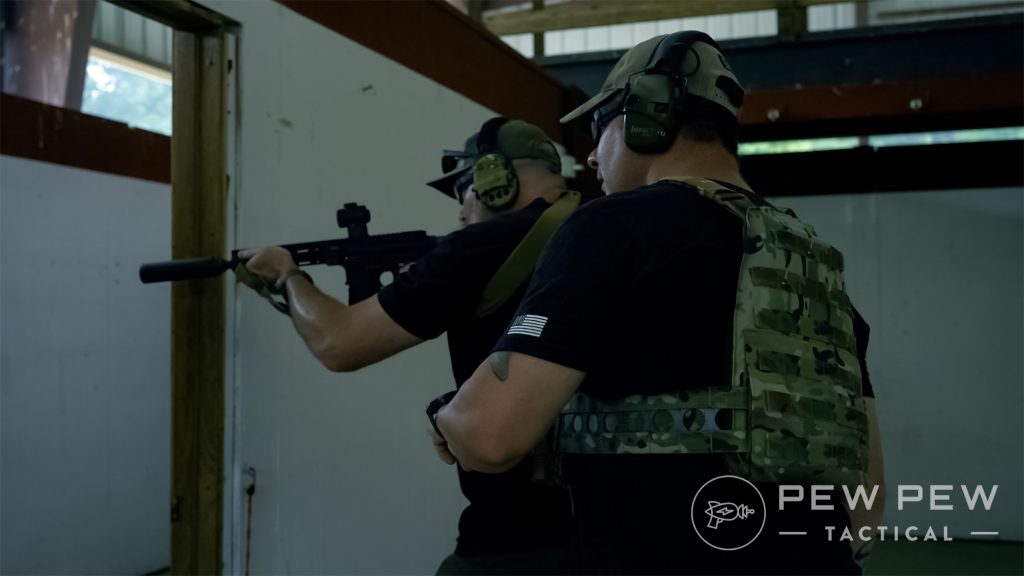
If you’re interested in more in-depth videos on how to incorporate training into your gun storage, check out SecureIt’s Beyond the Gun Safe Training videos. They have loads of good information on proper storage and how you can elevate your home defense setup.
Are you training with your firearms storage devices? Under Stress? Let us know in the comments below. Also, check out 16 Best Gun Safes for 2023 for our top recommendations!

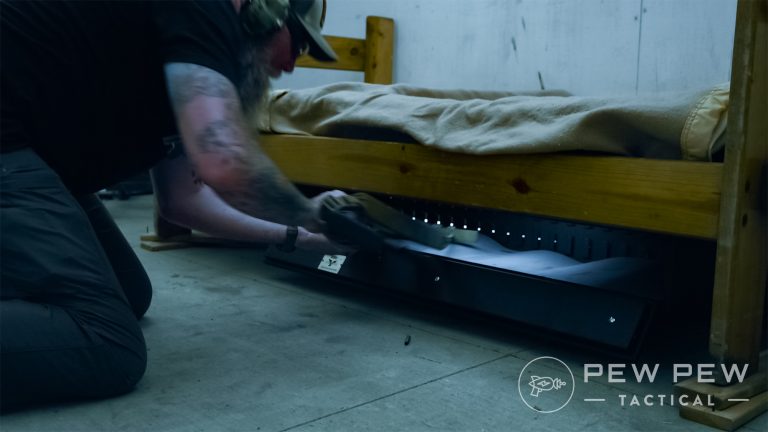
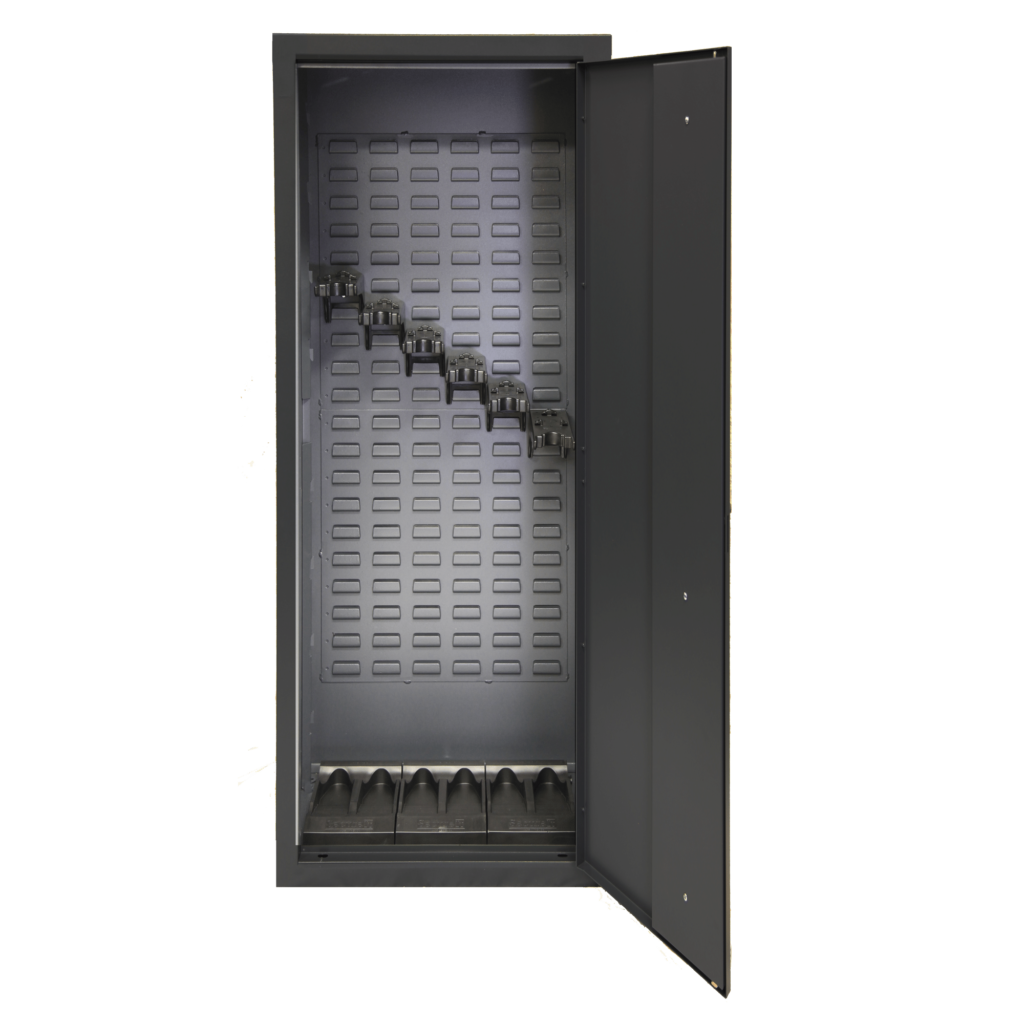







4 Leave a Reply
I really like the idea of smaller, multiple safes strategically placed for quick access.
Just make sure if you have a Liberty safe, you change the combination, since Liberty is prone to handing out the combinations in their records.
From my understanding they gave the FBI a manufacturer's "master code" that is universal. I could be wrong but it's what I saw (admittedly I don't have one so I'm not worried (yet)).
The article I read did not say what type of lock it was. While I can see that a chip-driven electronic lock *might* have a universal master code, which is a universal stupid idea, once the first burgler obtains it, S&G combination mechanisms have no universal combination and are changeable by the owner.